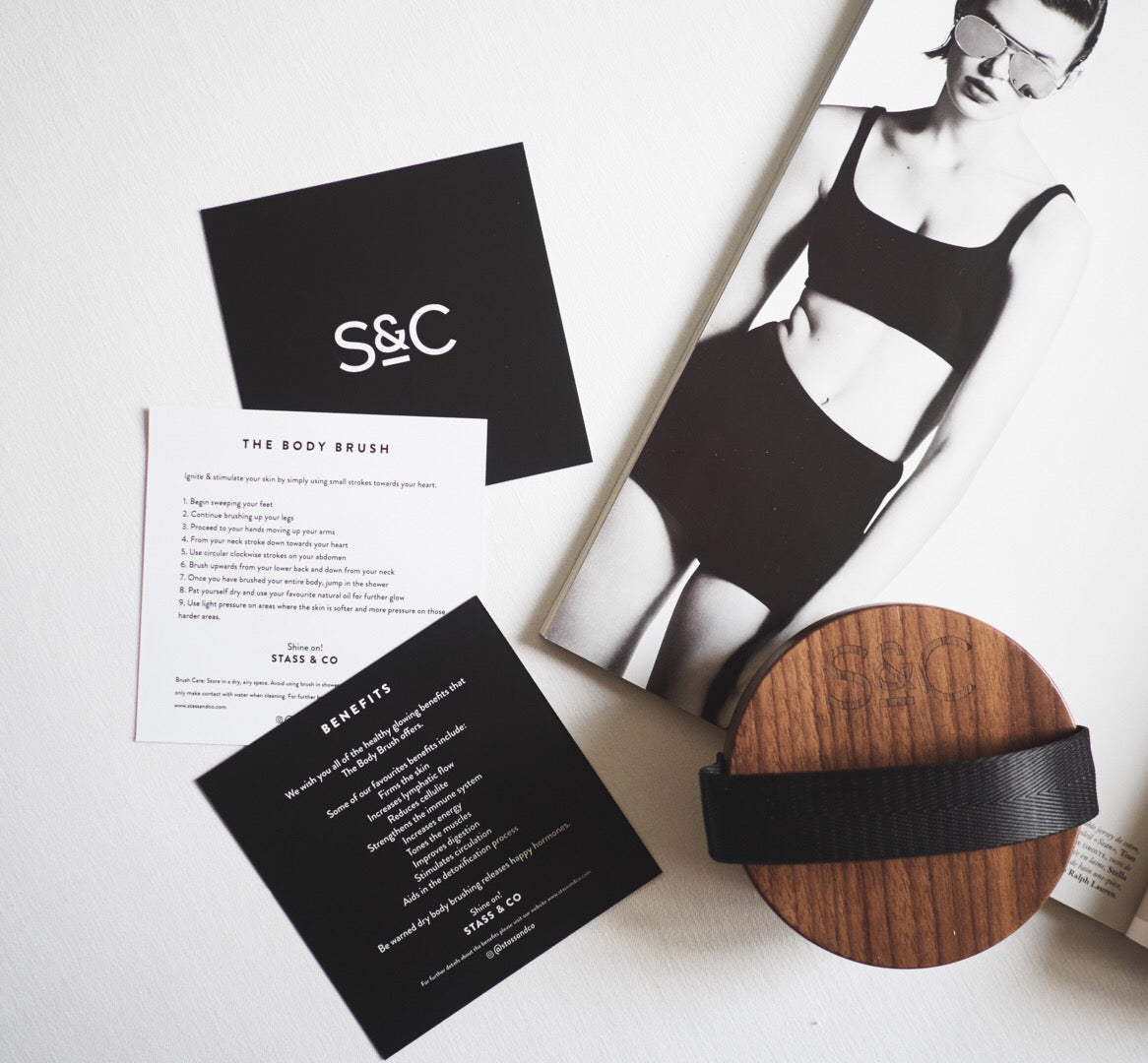Dry brushing is an age-old practice that involves using a dry, stiff-bristled brush to massage the skin. It's known for several potential benefits:
-
Exfoliation: Removes dead skin cells, leading to smoother and brighter skin.
-
Improved Circulation: The brushing action can boost blood flow, which may enhance skin health.
-
Lymphatic Support: May aid the lymphatic system in removing toxins from the body.
-
Skin Firmness: Regular dry brushing might temporarily tighten the skin, giving it a more toned appearance.
However, it's important to note that while many people find dry brushing beneficial, scientific evidence supporting some of these claims is limited. For instance, its effectiveness in reducing cellulite is not well-supported by research.
How Often Should You Dry Brush?
The frequency of dry brushing depends on your skin type and sensitivity:
-
General Recommendation: 2-3 times per week is sufficient for most people.
-
Sensitive Skin: Start with once a week to see how your skin reacts. If irritation occurs, reduce the frequency or discontinue use.
-
Normal Skin: Some individuals may dry brush up to twice a day, but it's crucial to monitor your skin's response to avoid over-exfoliation.
Tips for Effective Dry Brushing
-
Choose the Right Brush: Use a natural stiff-bristled brush with a long handle to reach all areas.
-
Proper Technique: Brush gently in circular motions, starting from your feet and moving upwards toward your heart. This method aligns with lymphatic flow.
-
Avoid Sensitive Areas: Do not brush over broken skin, rashes, or areas with irritation.
-
Aftercare: Rinse off after brushing to remove exfoliated skin, and apply a moisturiser to keep your skin hydrated.
Incorporating dry brushing into your routine can be a refreshing addition to your self-care practices. Always listen to your body's signals and adjust the frequency and technique to suit your individual needs.






